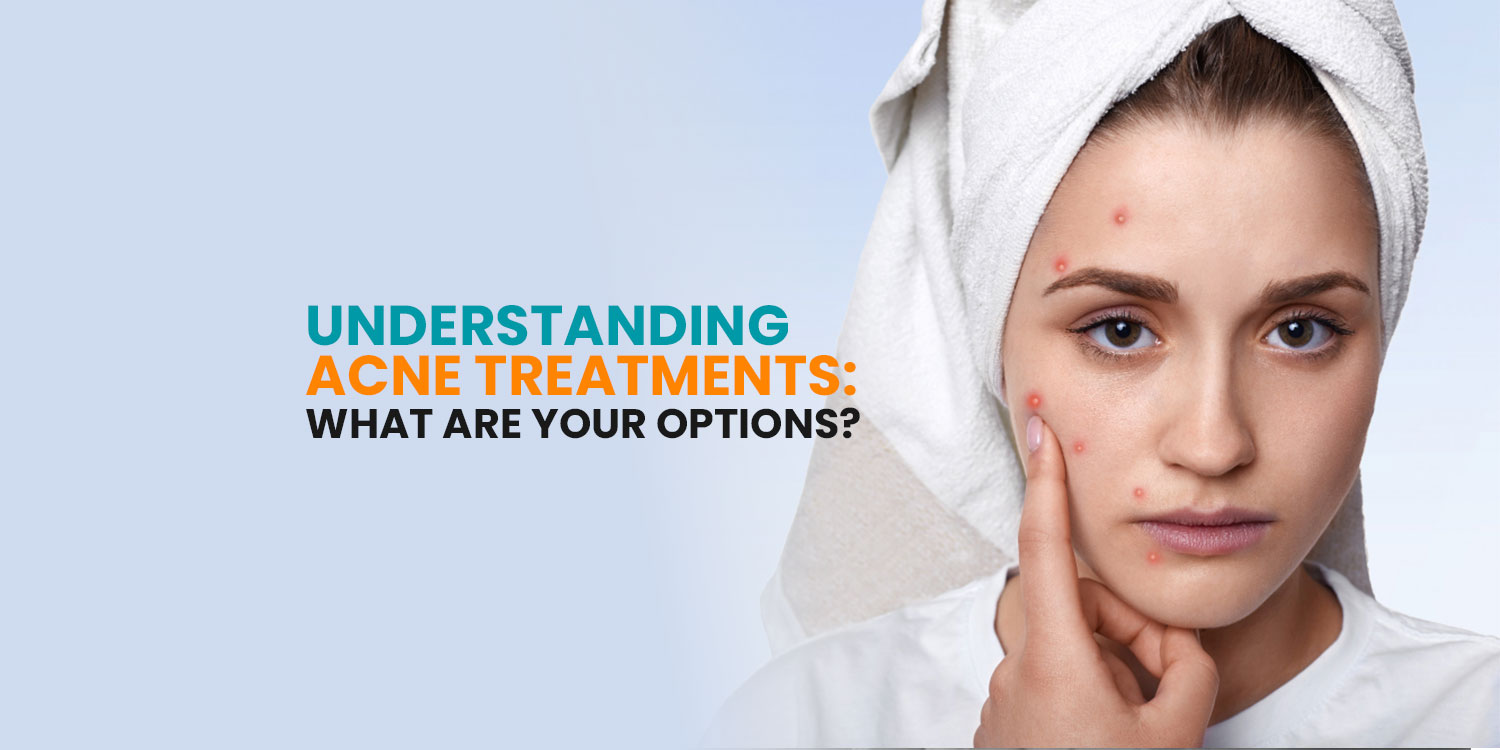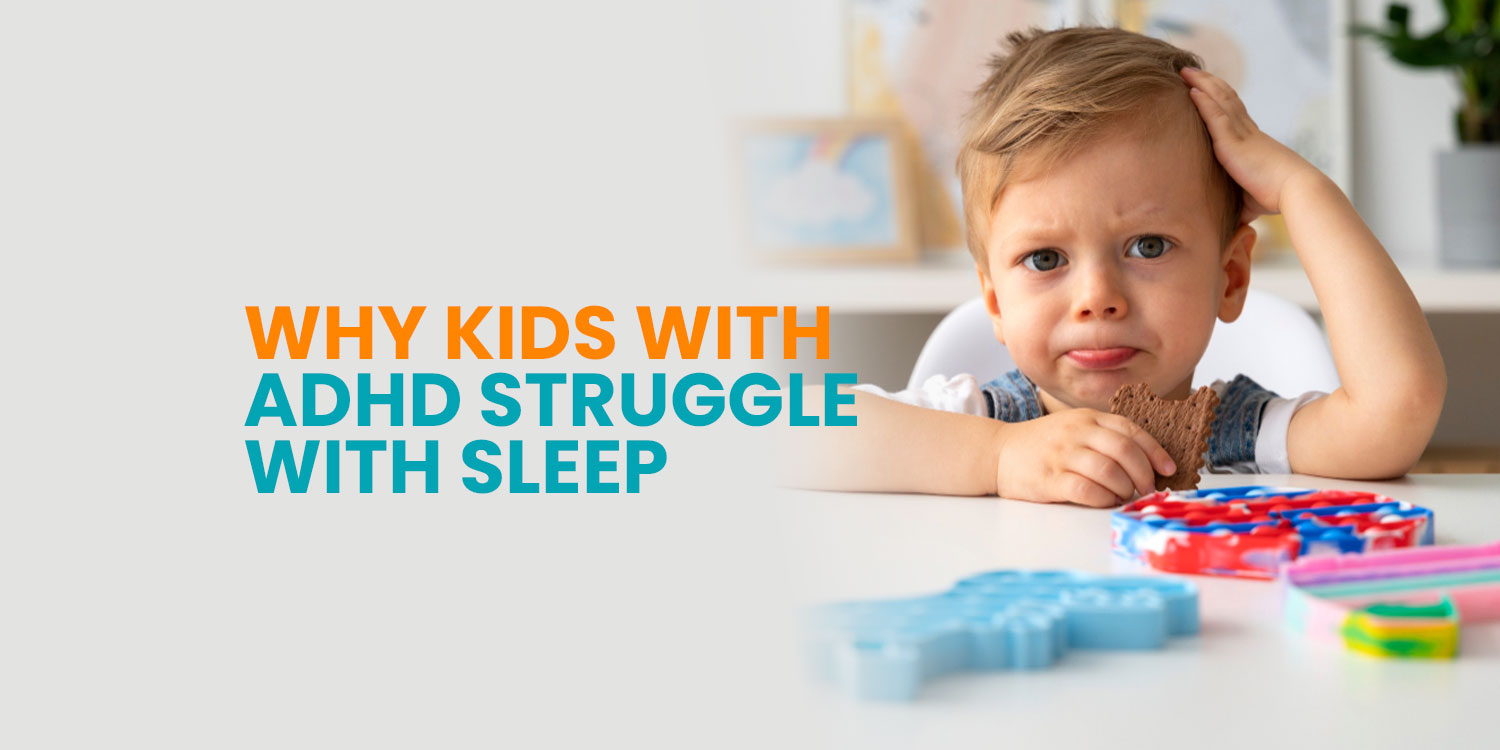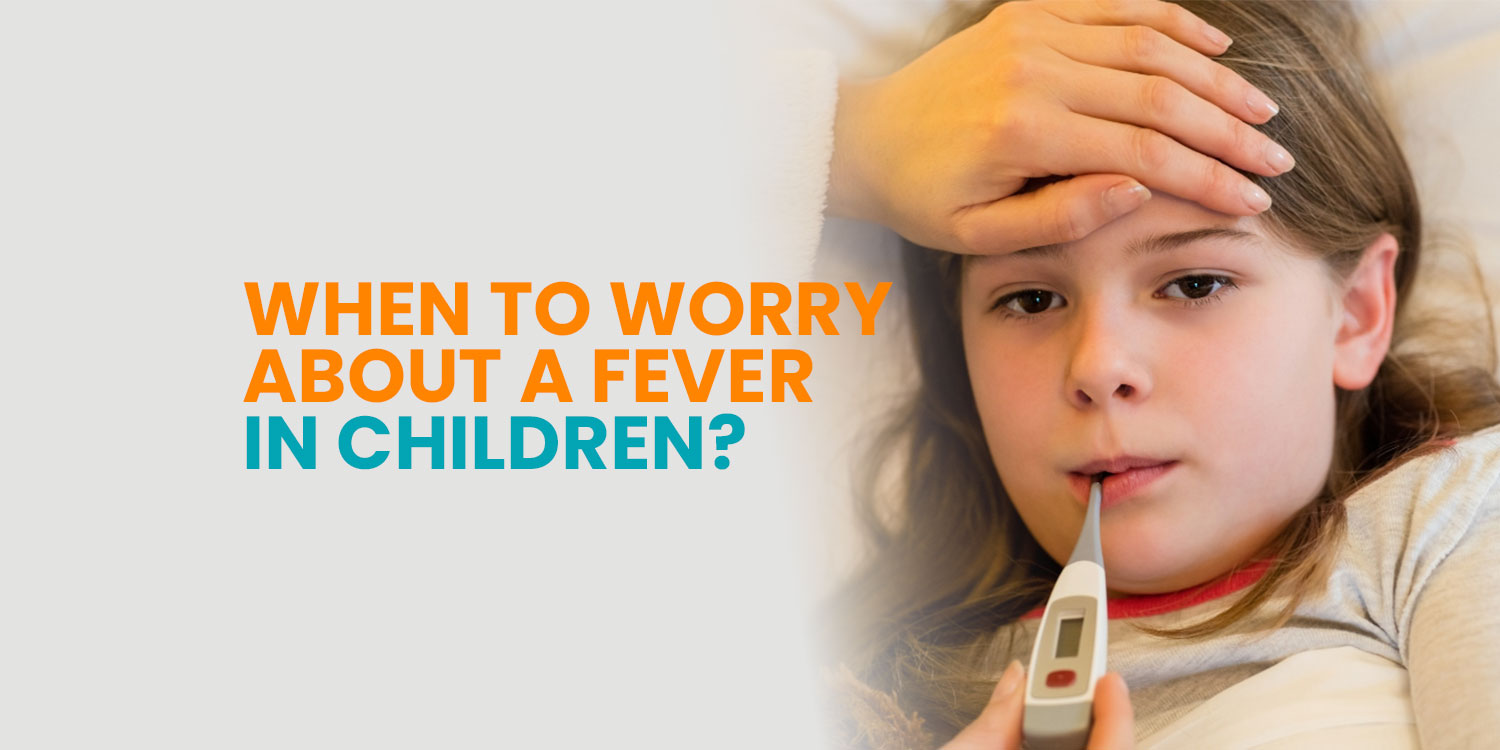Understanding Acne Treatments: What Are Your Options
Acne is a common dermatological condition that affects individuals across various age groups. Its management depends on the type and severity of acne, as well as individual skin characteristics. Treatment options range from over-the-counter (OTC) products to prescription medications, each targeting different causes of acne such as clogged pores, bacteria, inflammation, and hormonal imbalances (Zaenglein et al., 2016). Below is an overview of the most commonly used acne treatments.
1. Salicylic Acid – Best for Mild Acne
Salicylic acid is a beta-hydroxy acid (BHA) that helps clear clogged pores by dissolving keratin plugs and exfoliating dead skin cells. It is especially useful in treating comedonal acne such as blackheads and whiteheads and is often found in OTC cleansers and spot treatments (American Academy of Dermatology [AAD], 2023).
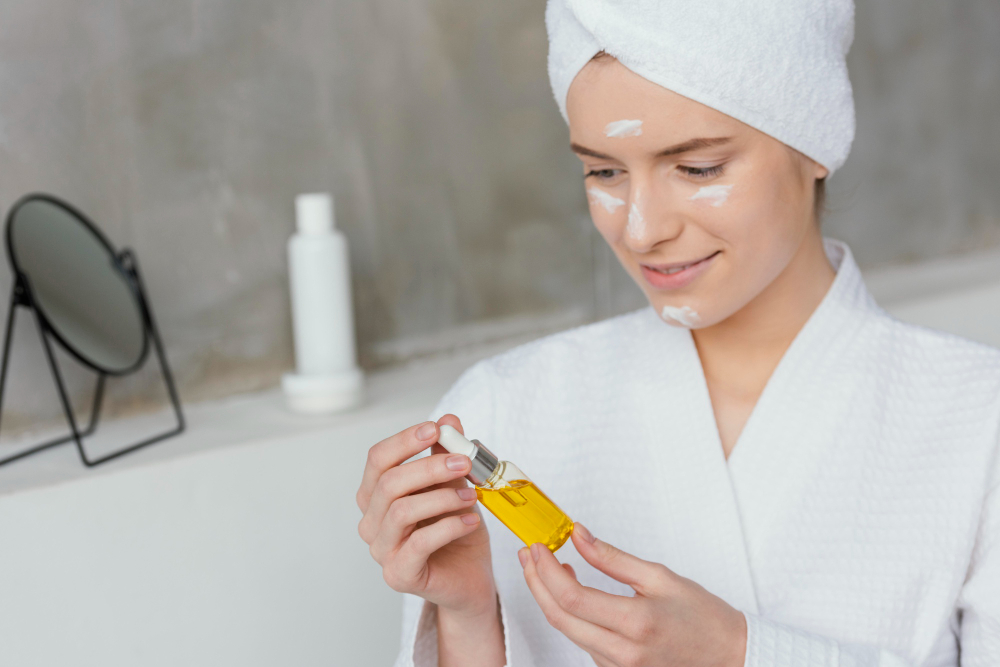
2. Benzoyl Peroxide – Effective for Mild to Moderate Acne
Benzoyl peroxide works by reducing Cutibacterium acnes (formerly Propionibacterium acnes) on the skin and preventing pore blockages. It is available in various strengths and formulations and is often recommended as a first-line treatment for mild to moderate acne. However, it can cause dryness and irritation, necessitating the concurrent use of moisturizers (Zaenglein et al., 2016).
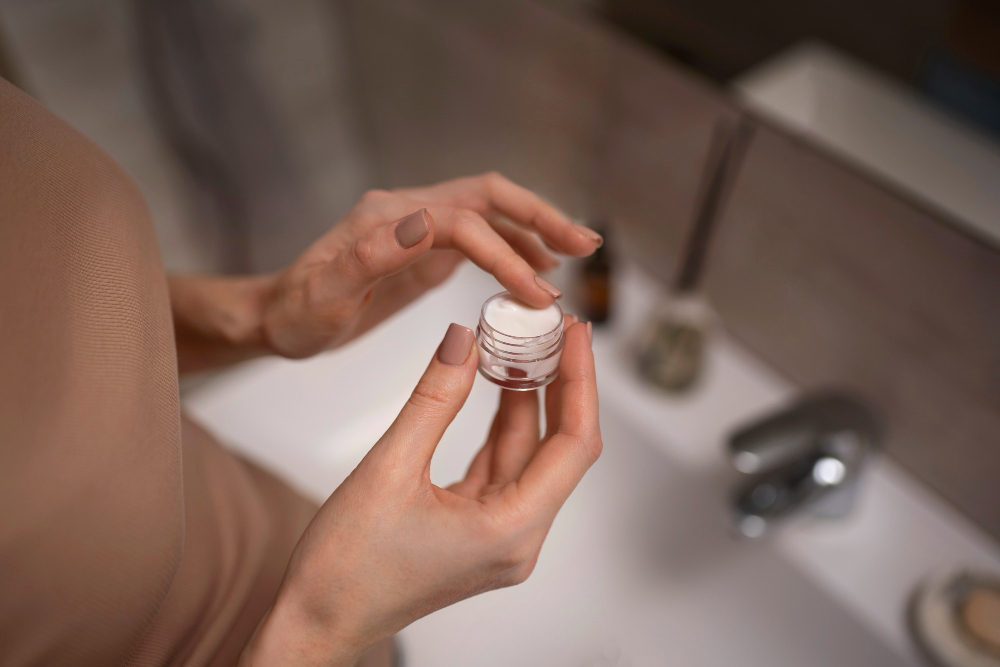
3. Antibiotics – Targeting Inflammation and Bacteria
Antibiotics reduce bacterial colonization and inflammation. They are available in two forms:
- Topical antibiotics (e.g., clindamycin, erythromycin) are applied directly to the skin.
- Oral antibiotics (e.g., doxycycline, minocycline) are used for more widespread or inflammatory acne.
Due to the risk of antibiotic resistance, they are typically prescribed in combination with benzoyl peroxide or retinoids and used for limited durations (Del Rosso & Zeichner, 2016).
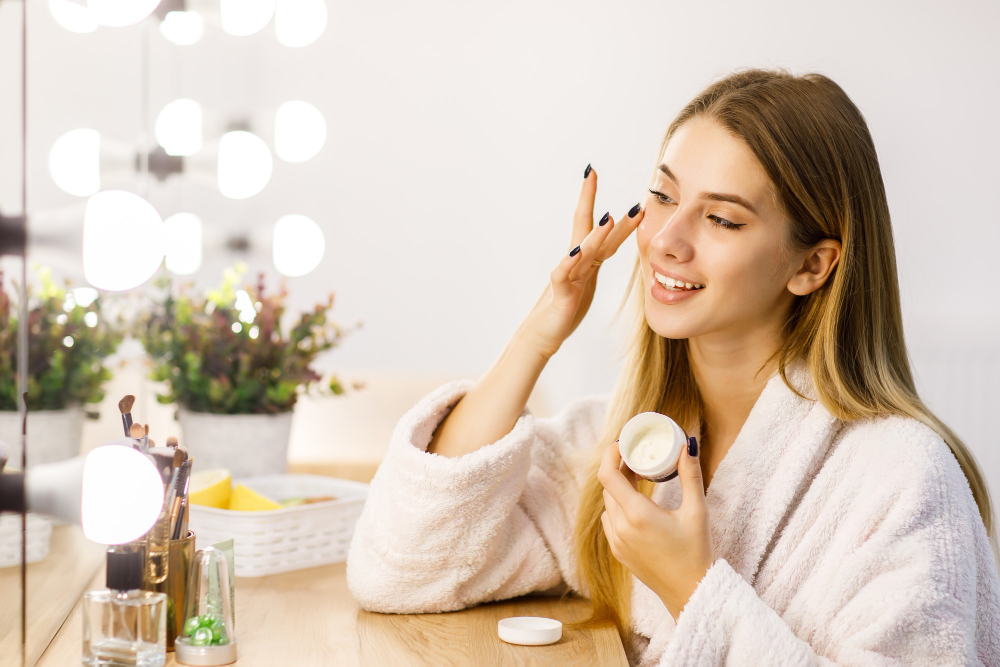
4. Topical Retinoids – Promoting Skin Renewal
Topical retinoids, including tretinoin, adapalene, and tazarotene, are derivatives of vitamin A. They work by increasing cell turnover, reducing inflammation, and preventing the formation of new comedones. These agents are commonly used to treat both comedonal and inflammatory acne and are often part of combination therapies (Thiboutot et al., 2020).
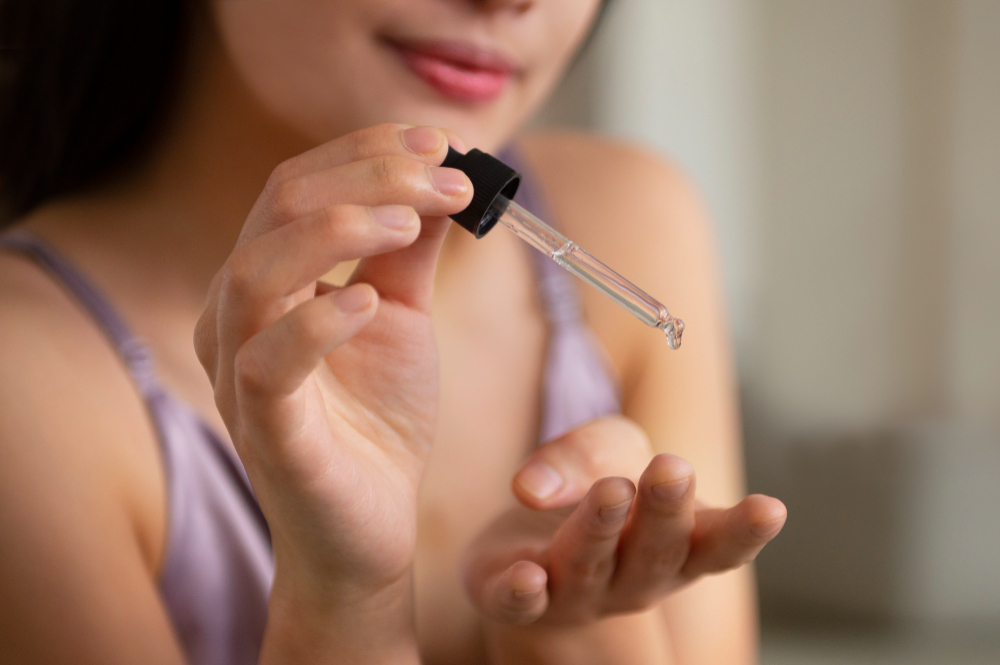
5. Hormone Treatments – Balancing Hormonal Fluctuations
Hormonal therapy, such as combined oral contraceptives (COCs) or anti-androgens like spironolactone, can be effective for women with acne driven by hormonal fluctuations. These treatments regulate androgen levels, which play a significant role in sebum production (Tan et al., 2016). Hormonal acne often presents along the jawline and chin and can worsen during the menstrual cycle.

6. Isotretinoin (Accutane) – For Severe Acne Cases
Isotretinoin is a systemic retinoid reserved for severe, treatment-resistant acne. It significantly reduces sebum production, unclogs pores, and decreases inflammation. While it can offer long-term remission, it also carries potential side effects such as teratogenicity, mucocutaneous dryness, and liver enzyme elevation, making close medical supervision essential (Blasiak et al., 2021).
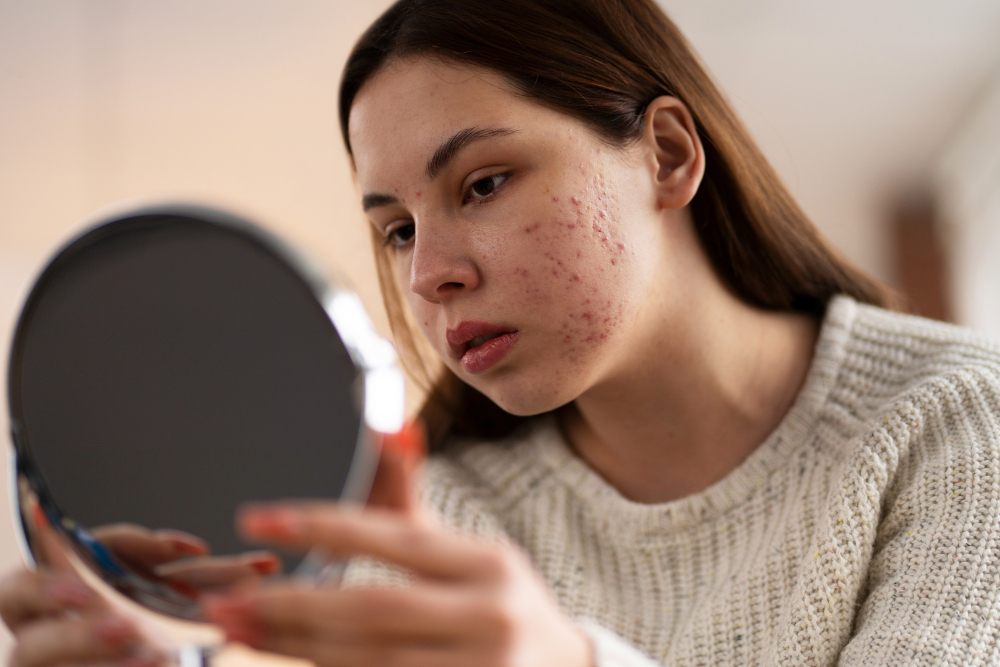
Choosing the Right Acne Treatment
Selecting the most appropriate acne treatment depends on individual skin characteristics, acne severity, and patient preferences. Mild acne may respond well to salicylic acid or benzoyl peroxide, while more persistent cases may require antibiotics, retinoids, or hormonal therapy. For severe or scarring acne, isotretinoin may be considered. A consultation with a dermatologist can help guide personalized treatment planning.
By understanding the wide range of acne treatment options available, individuals can take proactive steps toward managing their condition and achieving clearer, healthier skin.
References
American Academy of Dermatology. (2023). Salicylic acid for acne: What it does and how to use it. https://www.aad.org/public/diseases/acne/skin-care/salicylic-acid
Blasiak, R. C., Stojanowski, S., & Ismail, M. (2021). Isotretinoin therapy for acne: Indications, efficacy, and safety. Dermatologic Clinics, 39(1), 45–52. https://doi.org/10.1016/j.det.2020.08.003
Del Rosso, J. Q., & Zeichner, J. A. (2016). The role of topical and oral antibiotics in acne treatment. Journal of Clinical and Aesthetic Dermatology, 9(10), 25–30.
Tan, J., Thiboutot, D., & Gollnick, H. (2016). A current review of hormonal therapy for acne vulgaris. International Journal of Women’s Dermatology, 2(4), 149–153. https://doi.org/10.1016/j.ijwd.2016.08.001
Thiboutot, D., Gollnick, H., Bettoli, V., Dréno, B., Kang, S., Leyden, J. J., … & Global Alliance to Improve Outcomes in Acne. (2020). New insights into the management of acne: An update from the Global Alliance to Improve Outcomes in Acne group. Journal of the American Academy of Dermatology, 82(2), 505–517. https://doi.org/10.1016/j.jaad.2019.08.033
Zaenglein, A. L., Pathy, A. L., Schlosser, B. J., Alikhan, A., Baldwin, H. E., Berson, D. S., … & Bhushan, R. (2016). Guidelines of care for the management of acne vulgaris. Journal of the American Academy of Dermatology, 74(5), 945–973.e33. https://doi.org/10.1016/j.jaad.2015.12.037

